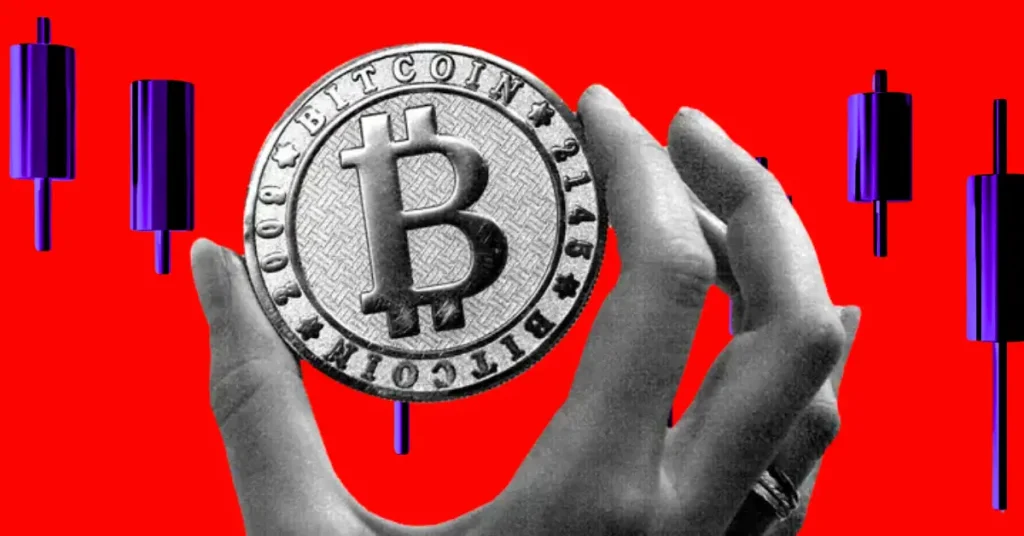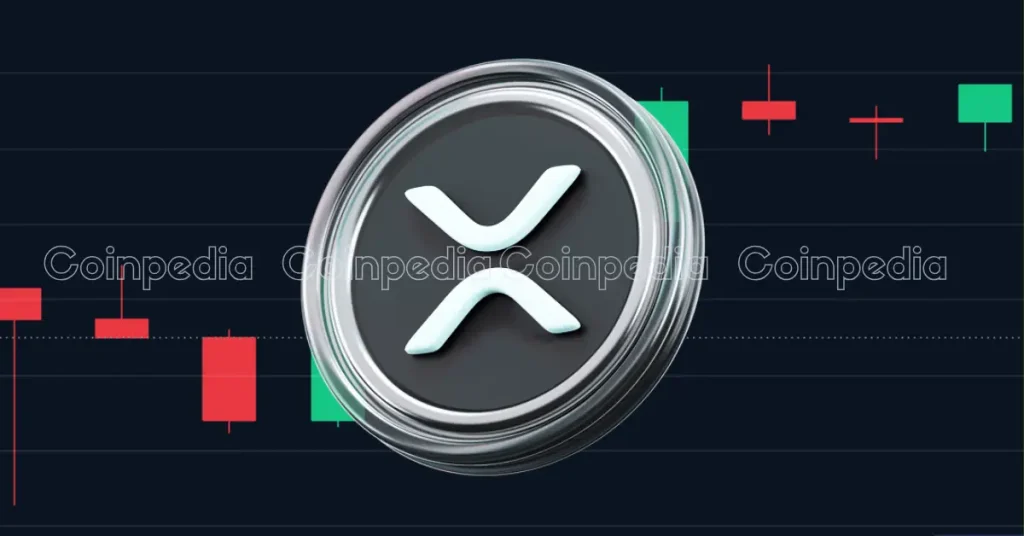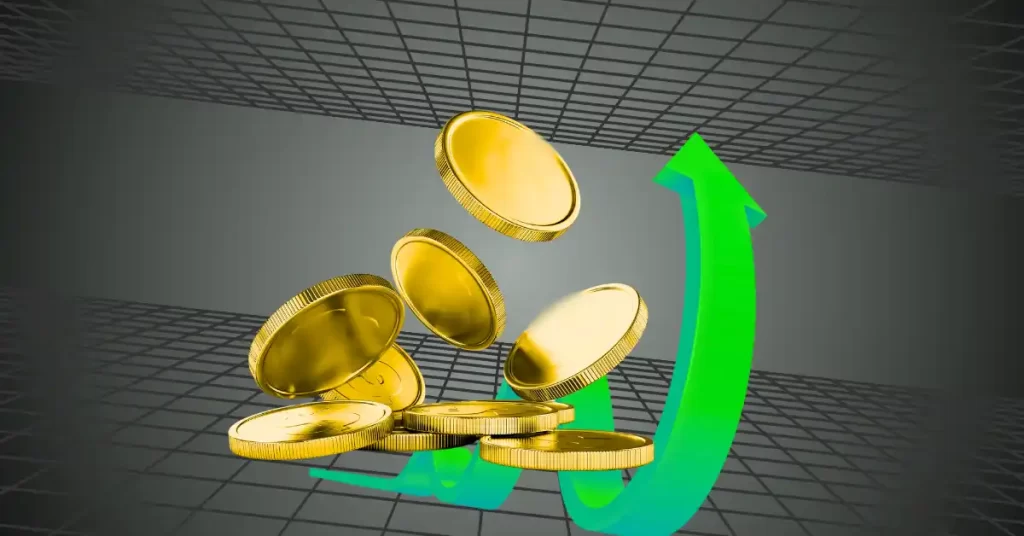Summary Bitcoin's price continues to decline, driven by bearish indicators and patterns such as the symmetrical broadening wedge, double top, and head and shoulders pattern. The decrease in Bitcoin's average transaction fees makes it more user-friendly and could lead to increased adoption, but it may also indicate lower network congestion and usage. The breach of the head and shoulders pattern's neckline serves as a bearish signal, suggesting that Bitcoin's price is likely to experience further declines. In continuation of the previous analysis , the Bitcoin (BTC-USD) price maintains a downward trajectory from its recent peaks. This article offers a timely update to shed light on the present circumstances in the Bitcoin market and unveils a new potential selling opportunity for investors. It delves into the unfolding of patterns such as the symmetrical broadening wedge, the double top, and the emergence of a head and shoulders pattern that witnessed a breakthrough recently. This significant pattern break suggests an impending increase in selling pressure within the Bitcoin market. Recent Development in Bitcoin Market The recent downturn in Bitcoin's price is attributed to the mounting regulatory pressure on major crypto exchanges. The US Securities and Exchange Commission's (SEC) lawsuits against Binance and Coinbase, two of the most influential platforms for trading cryptocurrencies, have injected a sense of uncertainty into the market. Accusations of market manipulation and unauthorized securities sales have shaken investor confidence, with concerns over how these legal actions might affect future capital flows into the sector. While Bitcoin and Ethereum seem exempt from these particular allegations, the fact that regulatory scrutiny of the crypto space is set to intensify considerably cannot be overlooked. The inherent nature of the crypto market also plays a significant role in the ongoing bearish trend. Unlike traditional equity markets, cryptocurrencies are traded round the clock, leading to higher volatility, especially during weekends when liquidity is typically thinner. This amplified volatility often persuades traders to employ leveraged positions, causing substantial swings in price direction. Moreover, despite an initial dip, Bitcoin remained largely resilient when the lawsuits were first announced. Now, however, investors seem to be reassessing this risk, incorporating the regulatory threats into their valuation models, which in turn is applying further downward pressure on Bitcoin's price. The combination of heightened regulatory scrutiny and market dynamics suggests that Bitcoin's price could remain lower for the foreseeable future. The decline in Bitcoin's average transaction fees suggests a more user-friendly environment for transactions on the network, as shown in the chart below. High transaction fees have been a frequent criticism of Bitcoin, potentially limiting its use for microtransactions or as a daily currency. When transaction fees were at their peak in 2023, it would have been costly for users to perform transactions, especially smaller ones. Now that the fees are lower, this makes Bitcoin more accessible and practical for regular use, potentially leading to an increase in adoption rates. However, this trend also might suggest a decrease in network congestion, which could indicate lower usage or demand. On the other hand, the decrease in the average number of transactions per block may reflect a decreased volume of transactions on the Bitcoin network. This drop could result from various factors, including possible shifts towards alternative cryptocurrencies with lower fees or faster transaction times. This decline might also be a response to the lower transaction fees, as a decrease in fee revenue could discourage miners from processing transactions, thereby reducing the network's capacity. However, it could also simply represent a normalization following a period of unusually high activity. The overall impact on Bitcoin's price will depend on the interplay between multiple factors, including broader market trends and developments. Data by YCharts Bitcoin Grappling with Ongoing Bearish Pressure Bitcoin continues to face bearish pressures, as delineated in the previous report. As anticipated, cryptocurrency is witnessing a downward trend due to the increasing prevalence of potent bearish indicators. A glance at Bitcoin's updated weekly chart reveals that the price has been declining, adhering to the dynamics of a symmetrical broadening wedge pattern. The potential target of this decline is the lower trend line of the symmetrical broadening wedge, as indicated by the red arrow. This bearish outlook is further underscored by the emergence of a double top at the $64.9k and $69.0k thresholds. The neckline of this double top was breached at $29k, and a resistance retest at $31k followed suit. The price's downward continuation can be attributed to the rigorous rebound test at the neckline of the double top, as shown in the chart below. Bitcoin Weekly Chart (stockcharts.com) To provide a more precise visualization of the trends, the logarithmic view of the price chart indicates that the recent decline from $31k stems from a formidable resistance at the neckline. It is anticipated that the price will continue this downward trajectory. The one potential obstacle in this descent is the mid-level Relative Strength Index ((RSI)) support. If a weekly candle closes below the $24k mark, it would indicate a break in the mid-level RSI support, suggesting a further price reduction. Bitcoin Weekly Chart (stockcharts.com) Bitcoin Weekly Chart (stockcharts.com) To further dissect these patterns, Bitcoin's short-term price trend can be analyzed using the daily chart below. It showcases the formation of another broadening wedge pattern, delineated by red dotted lines. As the price began to drop from the $31k resistance level, the behavior of Bitcoin followed a head-and-shoulders pattern, indicating strong bearish implications. As predicted in the previous update, these patterns were likely to break down, leading to lower trading prices. Bitcoin Daily Chart (stockcharts.com) The implications of these patterns for investors are critical. As the optimal selling opportunity has already been exploited and Bitcoin's price has fallen to lower levels, investors may be anxious about the next steps in the Bitcoin market. Investors could currently be considering additional market opportunities at the potential price bounces. However, the short-term chart below suggests a neckline break, implying a potential further drop in the coming weeks. If a bounce towards the $25.5k or $27k occurs, investors should consider selling Bitcoin in anticipation of lower prices. The decline target could potentially extend to between $15k and $20k, or even lower. Bitcoin Daily Chart (stockcharts.com) Market Risks Bitcoin and Ethereum displayed robust resilience to the SEC lawsuits' initial shock, indicating the cryptocurrency market's inherent potential for shock absorption and recovery. This resilience could set the stage for a potential future price rebound. Enhancing this possibility is the recent reduction in Bitcoin's transaction fees, which makes it more practical for daily transactions and could spur higher adoption rates. As more individuals begin using Bitcoin regularly, it could stoke demand, possibly leading to a surge in its value. It is intriguing to note that the continuous 24/7 trading feature of cryptocurrencies, often associated with increased volatility and seen as a potential risk, could potentially work in favor of Bitcoin. By having certain catalysts in play, such as favorable regulatory advancements or a substantial increase in adoption, this heightened volatility could catalyze significant price surges. Furthermore, the recent decrease in the average number of transactions per block might merely signal a return to normal after a period of heightened activity. This normalization could imbue the market with stability and lay the groundwork for an upward price trajectory. Bottom Line In conclusion, the Bitcoin market is presently facing a wave of volatility and downward pressure, mainly attributed to escalating regulatory scrutiny on prominent cryptocurrency exchanges. Yet, Bitcoin has showcased remarkable resilience, signifying the inherent potential of the crypto market to bounce back from such tumultuous situations. Nevertheless, the future is laden with uncertainties. Bitcoin investors should maintain vigilance towards evolving market trends, with special emphasis on regulatory news and broader market shifts. The possibility of more price declines in the near term implies that any upward price fluctuation could provide a strategic opportunity for investors to sell. In the realm of technical analysis, the emergence of head and shoulders patterns are traditionally seen as bearish indicators, while the formation of a symmetrical broadening wedge alludes to intense market volatility. These patterns suggest a continuation of the bearish trend and forecast further drops in price. The breach below the neckline further substantiates this forecast, suggesting that the price could potentially tumble further toward the $15k to $20k range, or even lower.














